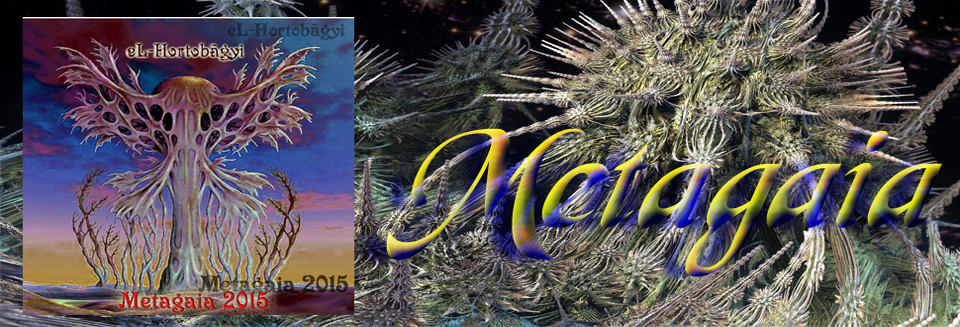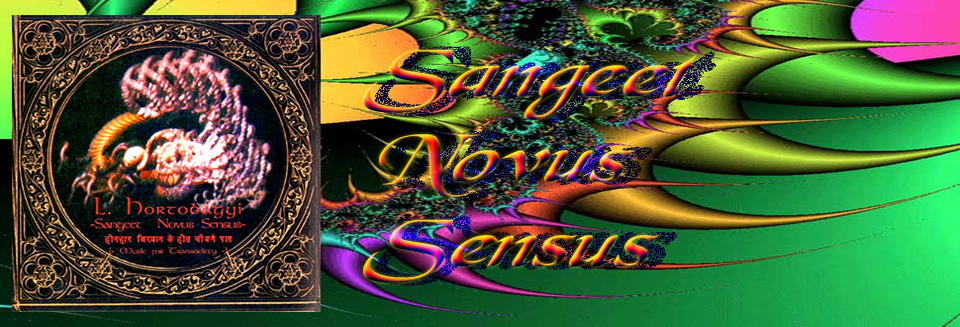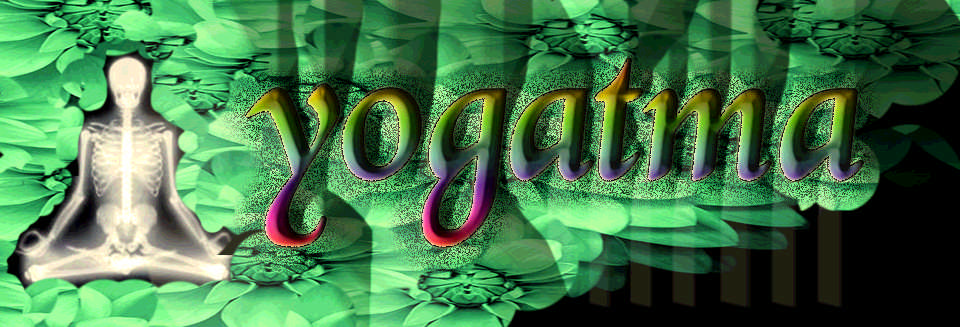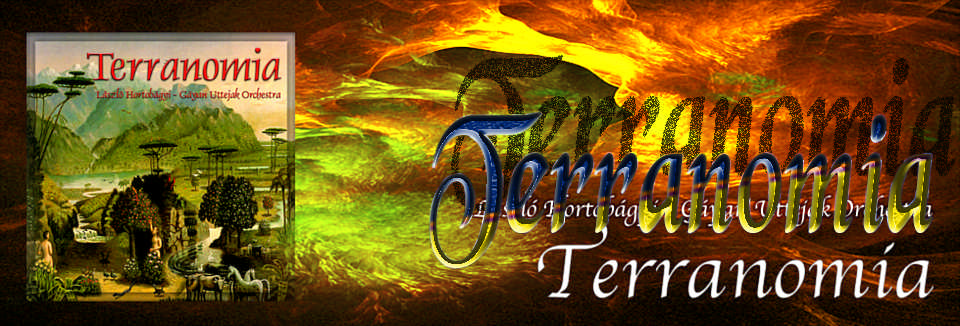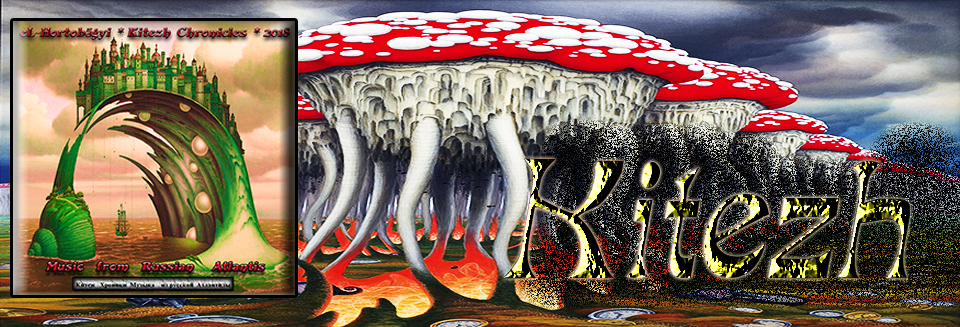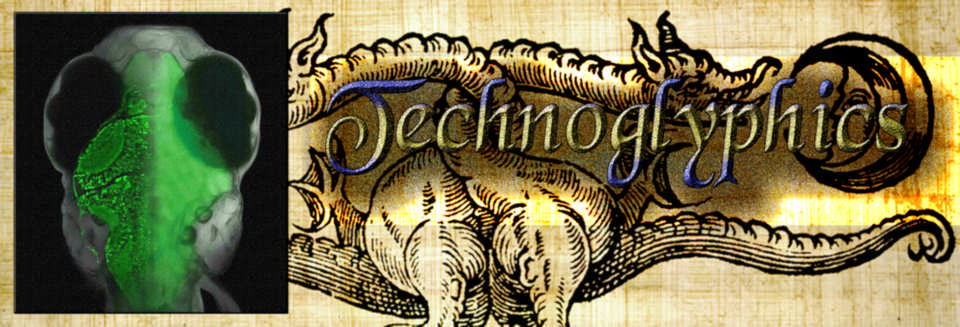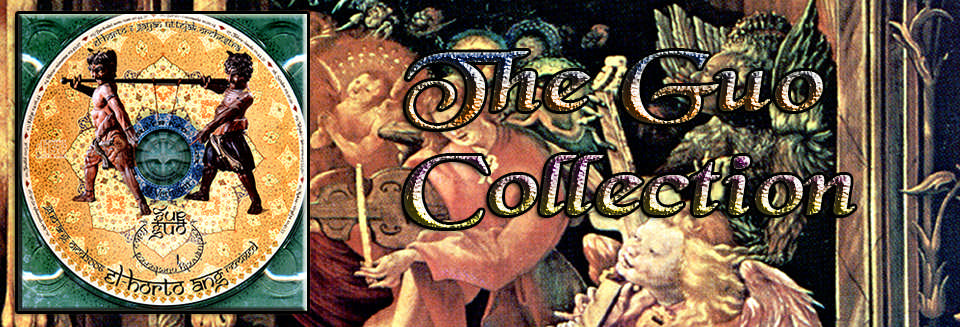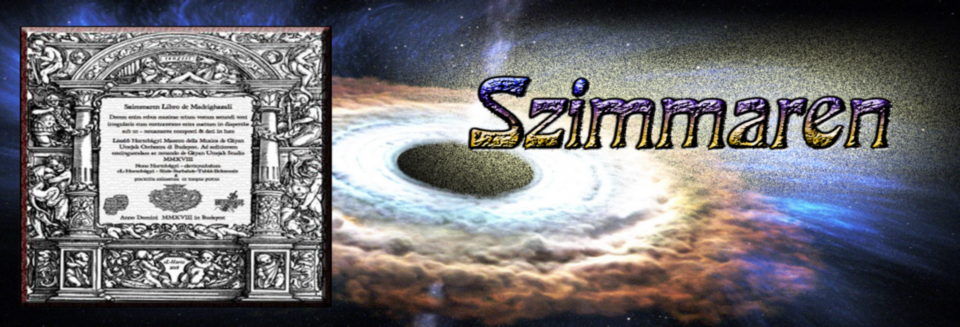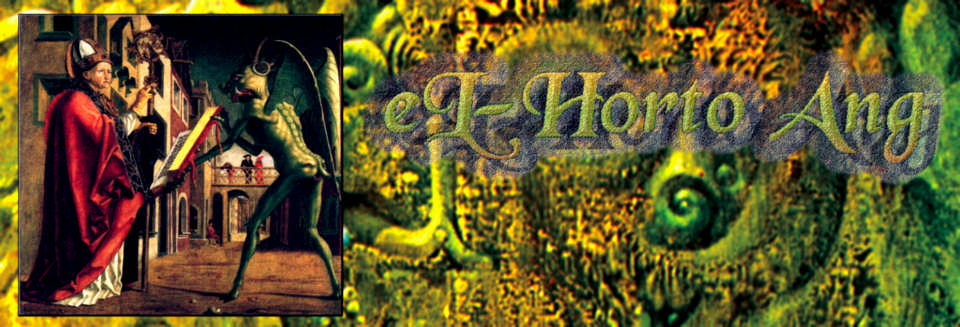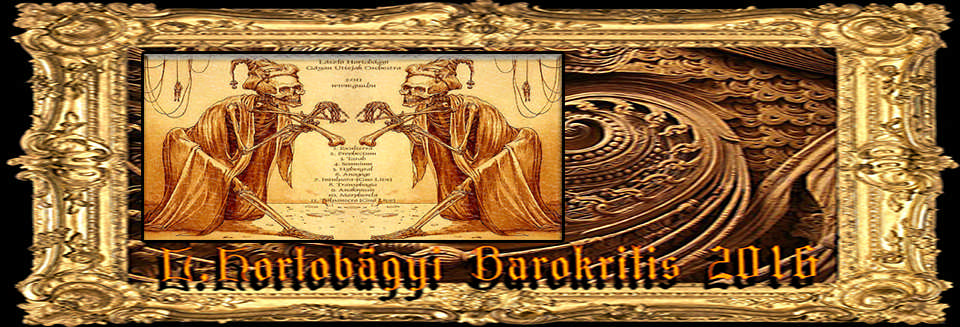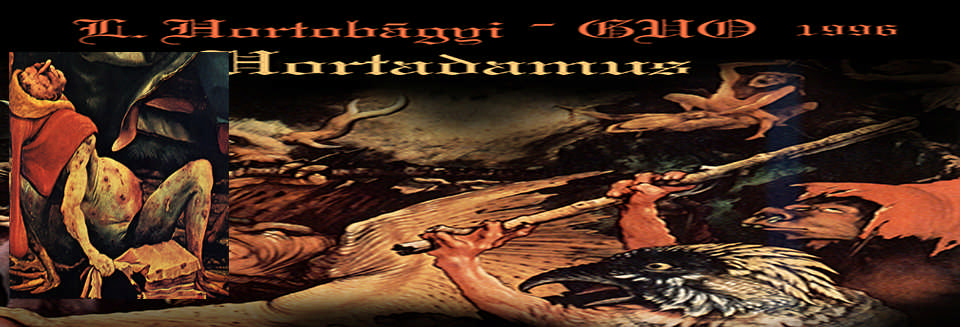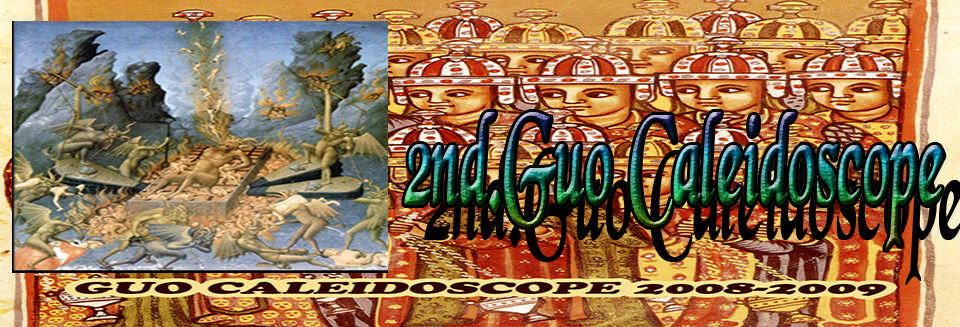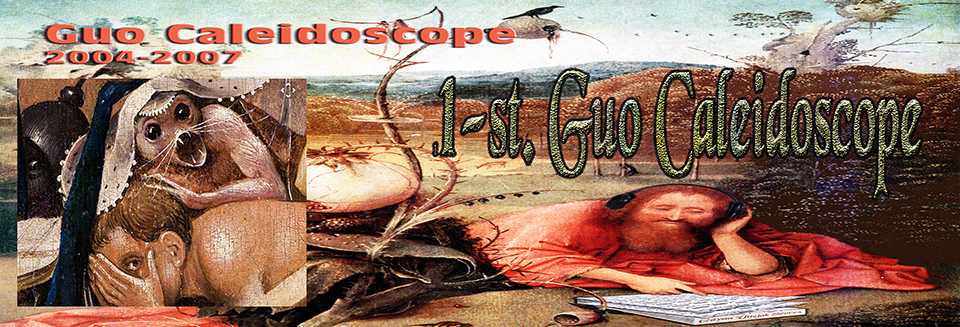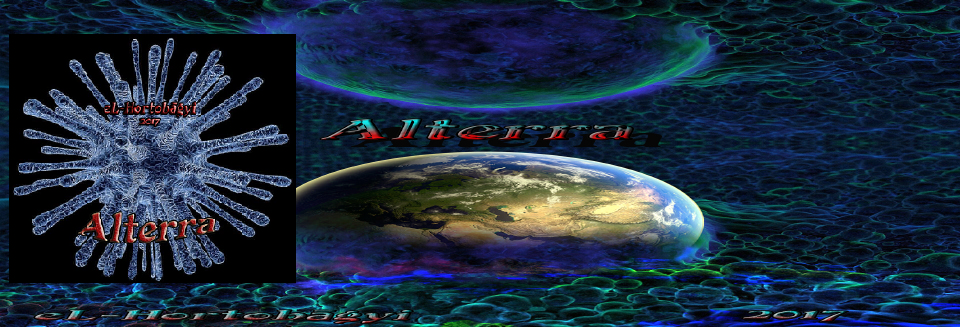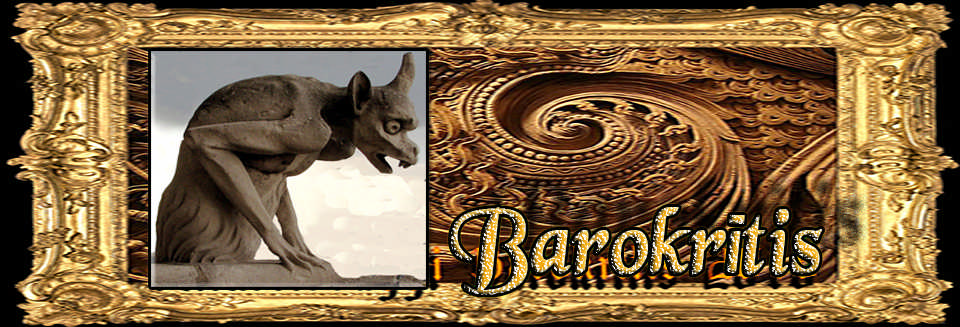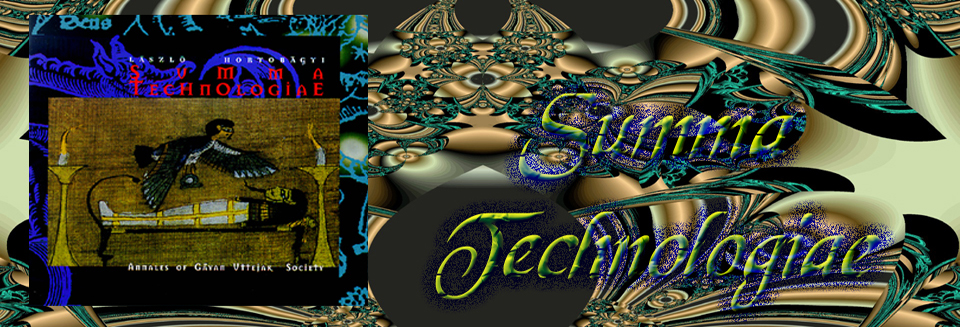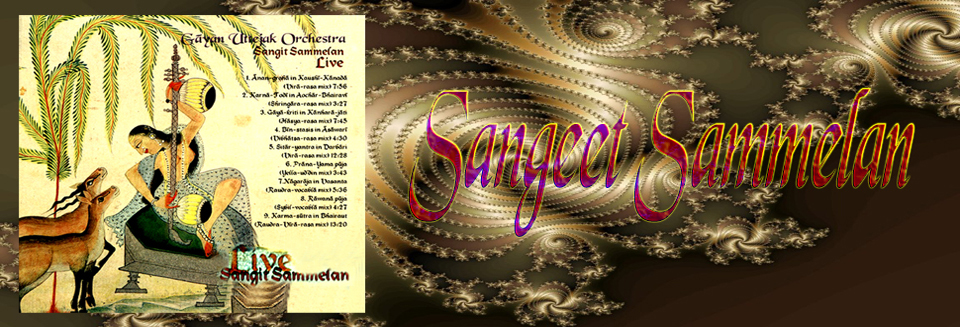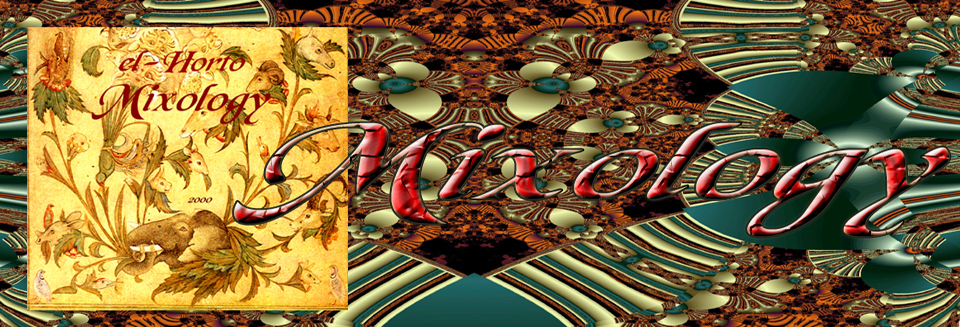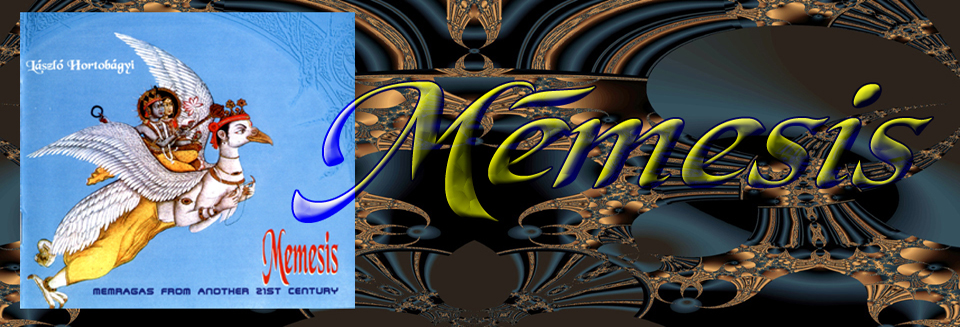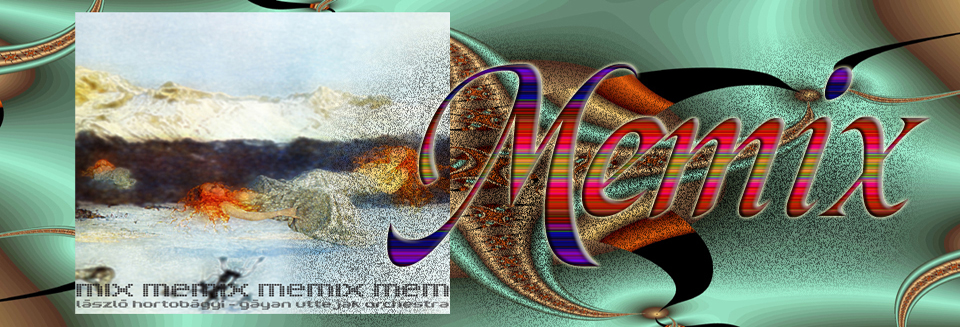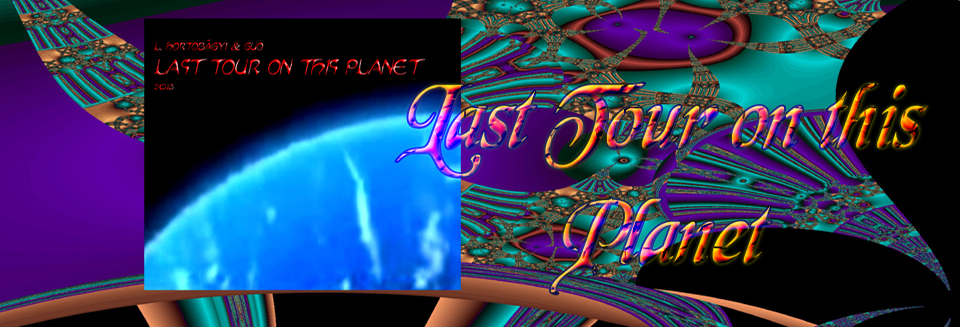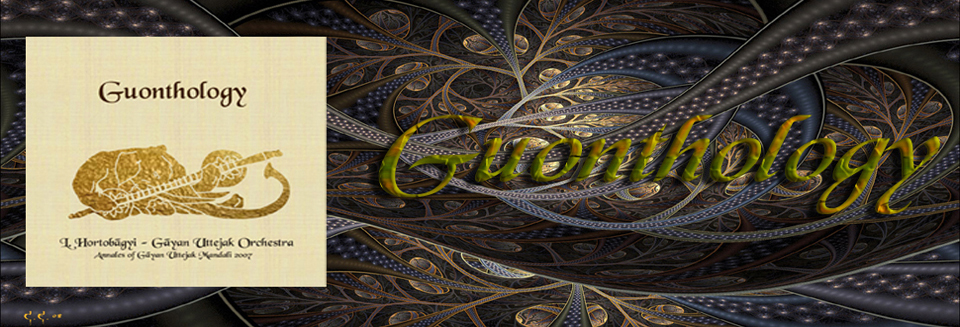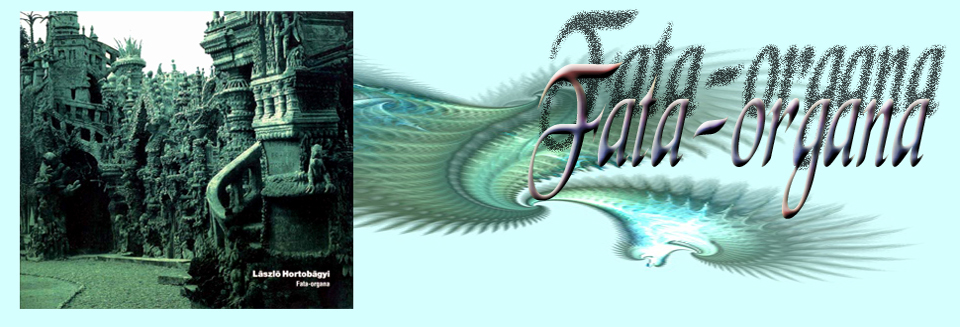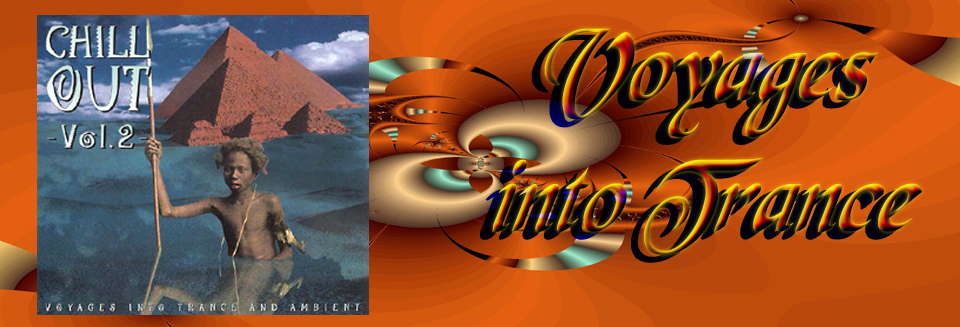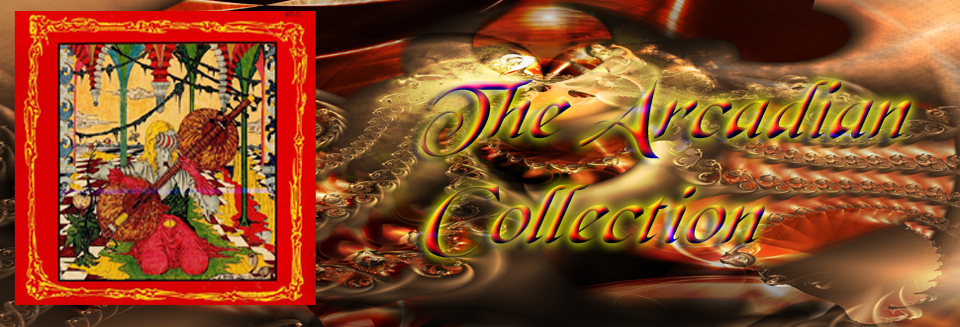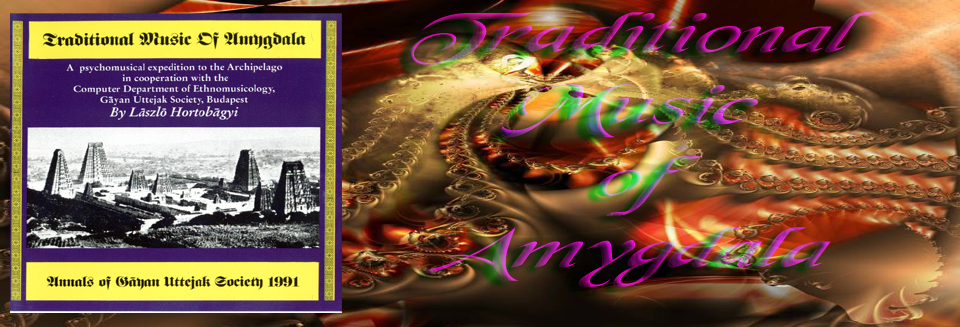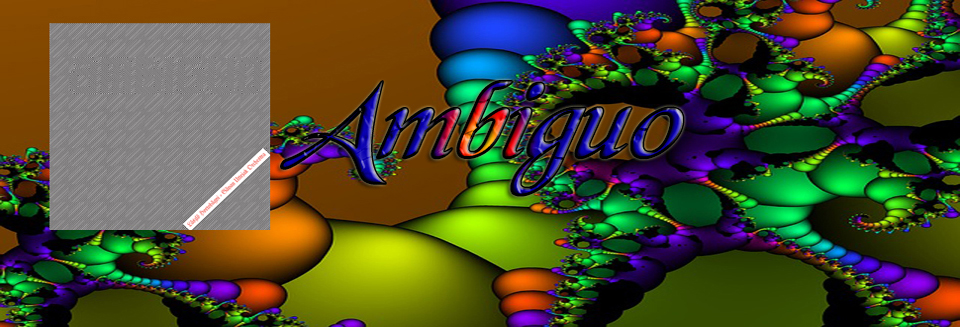Music from Fomalhaut al-Ganoubī
reMix-reMastered Version Series Vol.3.
audio & ordering:
https://amarxe.bandcamp.com/album/music-from-fomal-hoot-al-ganoub-1994-2023-re-mix-mastered-version-series-vol-3
https://youtu.be/aQc6uYXPtvY
01_ Intranaat 01:35
02_Mukabele 05:50
03_Alhadara 08:13
04_Tariqat 05:40
05_Maweiza 08:00
06_ Barokhāni Gat 11:00
07_Türkismet 08:40
08_Tarmezrab 10:00
Fomal-hoot al-Ganoubī is a mythological Arabic constellation.
It is the planet whose warm milky-mist landscapes are home to the ethereal body-incarnations of deceased Muslim saints and dervishes.
When in the XXII century the white man reached the moons of Jupiter and there transformed himself into a floating changeling to populate the stratosphere of Jupiter, in the same way the souls of the dead Muslim saints and dervishes moved a thousand years earlier to the galaxy of Fomal-Hoot al-Ganoubī, where they found the real great umma, i.e. the world of heaven (jannat), leaving at the same time the earthly realm of jahannam, i.e. Hell.
The first description of the music which flourished in that distant gloomy world could be find in the “Kitāb al-Algani” (“Song of Book”) by Abu’l Faraq al-Isfahāni (died: 967) and the last was accessible in the “Al-Risala al-sarafiyyā fi’L-nisāb al-ta’lifiyyā Fomal-Hoot al-Ganoubi” by Maulana Galāl al-Din Rumi (1207-1273) which was his last book and lost by now.
What survives today are the last artefacts of this musical world, which sets to music, in the Fomalhautian style, the common goal of the Exodus of human destiny in all Earthly cultures, and also gives a brief description of the ancient technique of leaving the ethereal body.
The relics will also present various musical and dance exercises and compositions that will help you to receive the etheric body of Supreme Being (batin) and at the same time achieve a state of contemplation.
In the peculiar Fomal-Hoot‘s rite the participants form a circle and take hands, interlocking the fingers. To begin with, breathing slowly and deeply as one man (yōga), they lean sharply forwards at each out-breath, and return to the upright at the in-breath, while a singer starts up a rhythmic chant. Later, to the rhythm of faster and lighter breathing, the movement changes, becoming completely vertical without lifting their feet off the ground, moving down and up, bending slightly on the exhale and then straightening their knees on the inhale as their body straightens.
“Here one learned to be a man, to find his place in the Universe and to utilize posiibilities of which he had been unconscious, to understand, to love, to justify the human being, to control and appease the sleeping dragons in the secret heart and mind,to know and dominate archetypes, to replace fear with confidence, to be sure of one’s self, to walk calmly with one’s feet on the greound, to lose ones’s illusion, to be realistic, to love and exhaust reality, to embrace it”.
Many different aspects (zahir) of the mystic path of the etherical body are concentrated to these simple movements of the living body.
It is at the same time a sacrifice – the sacrifice of the various individual rhythms to the single great common rhythms of the dance through which the soul is de-individualized and universalized.
Therefore, this ritual dance and music can be described as a symbolic death rite, during which the dancers evoke the breathing of the dying person at the time of death when moving to the other world.
But the ‘death’ in question is a voluntary death, because it serves to create the void that accommodates the ethereal body of God, the Presence (al-Hadrah).
As with the other musical memories performed here, the development of the dervish rituals culminates in the Ayin (or Mukabele) ritual, where music and choreography together help the dancer to reach the most intense state of mystical ascension and annihilation in the world of Fomal-Hoot al-Ganoubī.
(Lāszlō Hortobāgyi -Hortator,1991)
*********************************
performers on recordings :
01 – Intranaat (The Speaking of Dhawq) 01:35:00
– ascent prophetical section in the language of Fomal-Hoot from the Hymn: ‘Event of Doom’.
Text in translation: ‘ Say to my brethren when they see me dead
and weep for me, lamenting me in sadness; ‘Think ye I am this corpse ye are to bury? I swear by Music, this dead one is not I. When I had formal shape, then this, my body, served as my garment. I wore it for a while.
Performer:
Voice of Dhawq : Imān Yaquī Sharaf al-Din al-Suhrawardi
*********************************
03 – Mukabele (Eye of the Heart) 05:50:00
– the first part of the hypnotic process (pesrew) untill the entry of Stringulars (kamanche) with panergyical chants of the Dervishes (Ayin Han) and the metrum of two Naqqāra-s (kettle drum)
– when the attendance the Kudum (maori drum samples) and the Zil (one pair sistrum-cymbales) beginning the first phase of whirling movements along with the tempo of Kudum
– at the theme of Stringulars the participants fall into the state of stupor until the Awrād (‘litanies’) section
– enter of the Hydraulos (urganun) together with the tempo acceleration lead-up to the next phase of whirling movements and the final state of process: appearance of the heavenly bodies’ lights.
Performers:
Choir of the Dervishes : Qadirikhāne Brotherhood of Rumiyā and
Shādili Brotherhood of Kōnya
Voice of Imām : Izzal-Din Rasid Watwād
Choir of Houri’s : Nuns of Tekke al-Tawhid (only in overture)
Stringulars : Ishān Kamanche Chamber Orchestra
Naqqara 1. : Muhammad ibn-Ahmad ibn-Yahwā al-Mutakki
Naqqara 2. : Ubaidallāh ibn-Abdallāh ibn-Rudaki
Kudiim : Wasif al-Zamir ibn-Luqā
Hydraulos : Imād al-Din Amāq
Surbahar : Laslā al-Din Horto’bāqqi
Keyboards : Auhad ibn-Fundug Suzānī
Hyoshigi : Yunus al-Wādi Atarrad
Tanbur : Nizām al-Mulk Hugwīri
Conducted by : Umār ibn al-Nāsawi Afdal Neyzenbasi
*********************************
03 – Alhadara (Ghazal of the Presence) 08:13:00
– this sacred dance with which this music culminates is more ecstatic and less meditative than the better known whirling dance practised by the Dervishes, although the purpose of both dance is the same – to produce a hypnotic process
– this dance music might be described as an ecstatic death agony with the breathing of the divine ‘Huwā’ or ‘He’ syllable which expresses the process of trance in the language of Fomal-Hoot
– but this is a voluntary death for it is the creating of an empty inner space to receive the divine Presence,
– that is why the dance music is named originally Al-Hadrah the ‘Presence’, and it is in this respect a Chant (ghazal) of Love
– the phrases of the music are often prepared for as here after the final verses of Ghazal, by a Mawlid, that is a litanies of praise and saturated rejoicing of the trance’orgasm.
Performers:
Choir of H’abdul’al’ Hamid
Choir of Beqtāchī Brotherhood of Dream
Choir of ‘He’ and ‘Huwā’ : by the monks of Rufiq Tekke
Ghazal : voice of the Tigool Fairouz Fariba (text by Hassan ibn-Sinān al-Yamani)
Groan-moan of the Satan : by the Choir of al-Tārhib Electric
Saz 1. : Muhammad ibn al-Kalbi Sibanāih
Saz 2. : Wasil Ubaid al-Mugaffa
Rebabtronics : Laslā al-Din Horto’bāqqi
Kamanga : Abdallāh al-Shaffāq
Kamanche-fiddle : Yazid Haura ibn-Gāmi
Tabl-ul Mallik : Hammād al-Rawiyā
Dombāk : Yuhanne al-Wādiki ibn-Bitriq
*********************************
04 – Tariqat (The Way of Dervishes) 05:40:00
– this is a funeral elegy (marthiya) of the Fomal-Hoot’s Dervish mythology when the departedn friars’s etherical bodies going to the final annihilation from the illusory world, the time of performation is at the end of Ramadān in full moon
– the musicians and the self-flagellator participants take part in a procession accompanied by the Buk Zamir and Nafir instruments of Brass Band, with the wardrums of Kus Military Band.
Performers:
Voice of Imām : Ziryāb ibn al-Qutiyyā Allāwaih Dāyazid
Horns (Buk Zamīr-s) : Yahyā ibn al-Hakām
Ibn al-Darrag al-Qastalli
Abu Marwān al-Waqgasi
Ibn Haiyān al-Fath ibn Hāgān
Fanfars (Zamir-s) : Abu’l-Fadl Hasāy ibn-Dawod
Yahyā al-Huduqq
Ibn al-Hatib Lisān Maqgari
Abdallāh ibn al-Mukaffa Shidiq
Exarcha (leader of the procession) : Palaigolos Cassiodor Kinnuras
Kus drums : Ibn al-Qifti Hwandamir
Kamāl al-Din Abd’Razzaq
Surbahār : Laslā al-Din Horto’bāqqi
Throbbing Strings : Orchestra of Nizām al-Din Ubaid Salmān Sāwagī
Choir of Prayers : by monks of the Bāyazid Yilderim Bibi Hallum Tekke
Choir of the Enlightened Friars : by the members of the Kawām al-Din Shirazī
Bushāqq Izmat Tekke
*********************************
05 – Maweiza (Sermon) 08:00:00
– male / female aspects of the Principle, danced at the feet of Transcending Awarenes’ great-black-stone face.
Performers:
Hāfiz Saha Celebi Electric Orchestra
Sermon: : Shayk Misbāh Ermenkil
Convent singers of Kwesi Yankh Bibi Yellum Tekke
Male voice : Afoliquaye Kwame Onwomtofo
Female voice : Yarboi Onyinā Kwadwomi
Zuruna : Kamāl al-Din Abdal Razzāq
Tablāqqa : Hussain Sir-Narvā
MidiStick Bass : Laslā al-Din Horto’bāqqi
Naqqāra 1. : Muqaddām al-Qabri Ulaiyā
Naqqāra 2. : Qasim ibn Ziryad
Zildjian 1. : Abdallāh Hisān-Nefr
Zildjian 2. : Abu Zakariyyā Sāiqilli
Türkstringulars: Sharāf al-Daula
Imād al-Din Anwari
Abu’l Magd Sanaī
Wahb ibn-Munabbih
*********************************
06 – Barokhāni Gat (Concerto) 11:00:00
– quattuor vocum contrapunctus floridus gravis toni irregula
cum basso sequente extra manum in quarta sub ut.
– mathematical-meditation music after the Sunset Prayer (salatu al-Maghrib)
performing inside the mosque
– the structure of this ‘medi-mathical’ hindislamic music based on the
polyrhythmic-contrapunctal organisation of the four voices of same rank
– class of tonality (jātī) : Sankīrna mode of the Darbāri-Bhair-Kaushī-Kānadā scales
– rhythmic cycle (tāla) : Madhya-laya Tintāla with Sawāb-Jawāl and Drut Tintāla
– emotional mode (rasa) : Shantā-Vīra (meditation, power, definiteness, energy,
– time of play : first quater of the night
Performers:
Sitār of Gāyaki-Ang : Lāszlō Hortobāgyi
Digital Tablā : Laslā al-Din Horto’bāqai
MidiStick Bass : eL-Khān Hortobāqqi
Vocal : Shrimatī Yunnis Dhāgq Mumtāzi Āmonkār
Tanpurine Dream : Cyb.R.S-770.
*********************************
07 -Türkismet (Vivat at floreat Fatum) 08:40:00
– early turkish-baroque cantate in the style of Ars Transoxania Rediviva traditions.
Performers:
Choir of the Yeb Shera Hāfizullah Cathedral
Orchestra of the Cibavit Eos al-Urmāwi and the Electric Rasta Mirmengill
Female Voice : Shrimatī Belkis Baidāwi Shiren
Male Voice : Hüsref al-Qazwimi Mahmud
Nay (flute) : Ibn-Hallikān Bardā
Hydraulos : Laslā al-Din Horto’bāqqi
Electric Rebab : Al-Muttaki Lüqa
Tsuzumi : Yaqub Ali Ihwān-Rāiq
Miseclestial metals : Wasif Gaffar Khān
*********************************
08 – Tarmezrab (Radif & Setar Čahārmezrāb ) 10:00:00
– a vocal-instrumental piece derived from old Persian traditional vocal composition
Performers:
Choir of Mantra-s :The Summon-Guhyasamaja Gyütő Monastery, Mont Saint-Michel
Orchestra : Sygnus Modular Intellektrik and the Emrān Azeri Ashiq Band
Sitār in Vilāyati-Ang : Lāszlō Hortobāgyi
Shahnāi : Daulat Haidar Celebi
MidiStick Bass : Laslā al-Din Horto’bāqai
Ageng Gong : Hussain Mihrwānd (courtesy of the Gamelān Semār Pegulingam)
Naqqāra : Sāfi al-Din Hülegi
*********************************
GrFx Download


